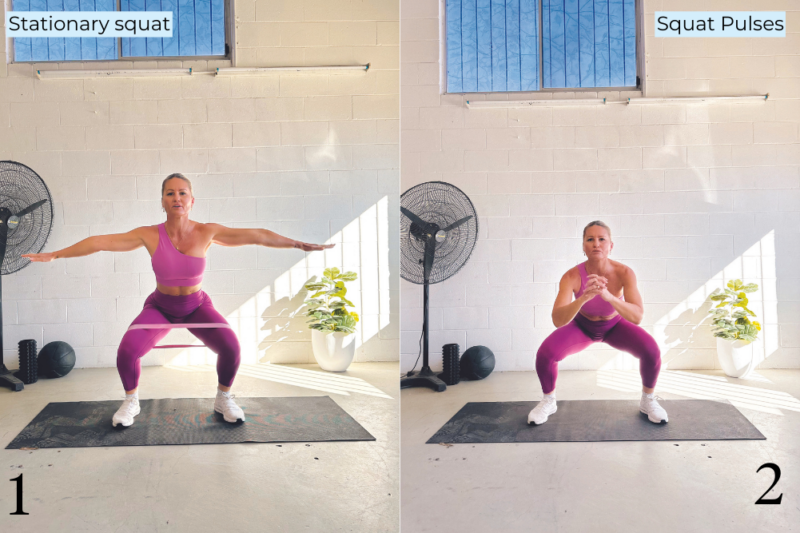Unlock the Power of Your Gluteal Muscles
A strong backside is for a good thing. These form-building muscles are your “human cushion”, also known as your gluteal muscles. These muscles help your body stay upright, keep your body moving forward and help you power through your workouts. Keeping your posterior healthy can make a big difference in your every move.
The gluteus is the glue for total body function. The gluteus medius can be the source of mobility problems, and strengthening your gluteus can have huge benefits for your body and improve your mobility.
The three muscles that make up your gluteal or bottom muscles are the gluteus maximus, gluteus medius and gluteus minimus. The trio are an important part of our overall function and wellbeing. Together they provide movement and stability at the hip joint as well as supporting the lumbar spine and pelvis when we walk, stand up from a chair, climb stairs, cycle or run. Gluteal strength and stability are determinants for balance; they are also important in contributing to good knee and trunk control during any task or movement. The gluteus medius and minimus muscles work together to promote hip abduction (the movement of the leg away from the body) and prevent hip adduction (the movement of the leg toward the body). They stabilise the hip and help us balance.
The gluteus maximus is the most superficial muscle of the group, responsible for the main bulk of your cushion. It is a large powerful muscle that externally rotates and wextends the hip. Exercises like simple bridging and squats work your glute max. The gluteus maximus is the primary hip extensor muscle, and the largest of the three gluteal muscles. Its most important job is in keeping us upright and pushing our bodies forward.
Gluteus medius and gluteus minimus
The gluteus medius and gluteus minimus are deeper muscles. They originate from the top of the pelvis across the hip joint to the top of the thigh bone or femur. Both muscles generally perform the same action — hip abduction and internal rotation.
As we come out of the cooler season it’s important to build our gluteus strength or even reignite after some time in hibernation. After winter many suffer from back or knee pain or overall immobile joints, all due to less movement and cold muscles.
If you suffer from back pain, your gluteal muscles are responsible for hip extension and assist their reverse action. When your feet are fixed on the ground, their job is to move your chest upward from the ground. Strong gluteal muscles are essential to lower back health since they assist with pelvic, hip and trunk motions. They also help more evenly distribute load throughout your lower back and lower extremities and assist in good posture.
If it is knee pain you suffer from, then your gluteal muscles create pelvic stability, which is especially important when your lower extremities function in a closed chain. For example, if you twist your ankle, you can also have imbalances at the knee and further up the leg. The same thing can happen if instability begins at the hip, leading to excessive force on the knee and ankle. That can mean knee pain or discomfort. Instability at the hip can cause your femur to turn too far inwards, causing your kneecap to slip out of place as your leg bends and straightens. It’s called lateral patellar tracking and is a common source of the pain for many people.
Maybe it is creaky or immobile joints — if so, your gluteal muscles assist in forward propulsion during walking or running by creating explosive hip extension. They are essential to acceleration, jumping and even heavy lifting. If your gluteal muscles get weak, you may find yourself less powerful and less efficient.
Therefore, whether you are a runner, walker, yogini or simply performing a regular job and household functions, the health of your gluteal muscles can help determine your success.
The “good health gluteus set” opposite will improve your overall mobility, glute strength and stability. It can be done in the home or a small space. You will need a set of bands; bandless also works very well. Complete the set three times.
Good health gluteus set
1 20 stationary squats
2 10 squat pulses
× 2
3 20 reverse lunges
4 10 plyometric lunges
× 2
5 20 sumo squats
6 10 drop squats
× 2
7 20 donkey kicks
8 10 ankle circles in kick position
× 2
9 20 lateral lunges
10 10 low lunges
× 2












